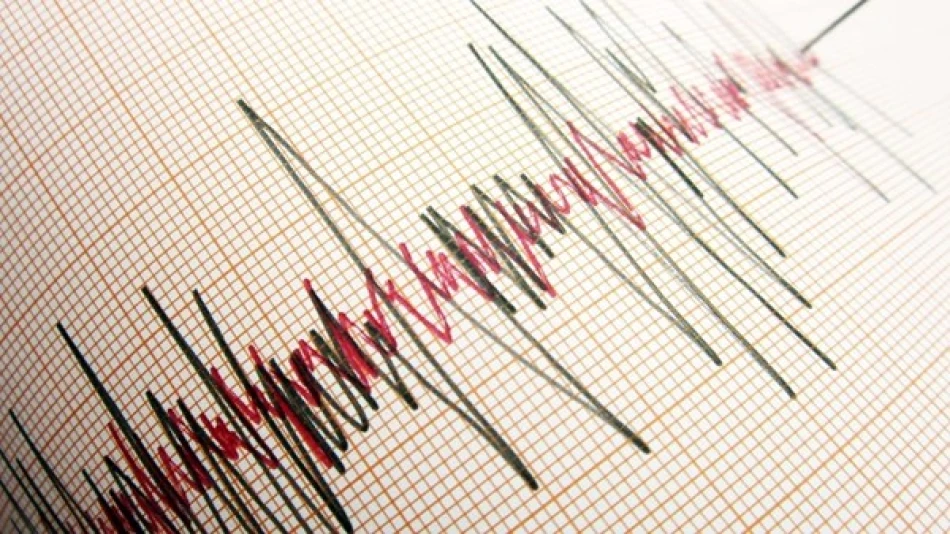
Powerful Earthquake Rattles West Papua, Indonesia, Prompting Disaster Response
Strong 5.9 Earthquake Strikes Indonesia's West Papua, Raising Concerns in Seismically Active Region
A magnitude 5.93 earthquake hit Indonesia's West Papua region on Saturday at a shallow depth of 10 kilometers, according to the German Research Centre for Geosciences. The tremor adds to ongoing seismic activity in one of the world's most earthquake-prone areas, where the intersection of major tectonic plates creates persistent geological instability.
Shallow Depth Amplifies Impact Potential
The earthquake's relatively shallow depth of 10 kilometers is particularly significant, as shallow quakes typically cause more intense surface shaking compared to deeper events of similar magnitude. This geological characteristic means communities near the epicenter likely experienced stronger tremors than the magnitude alone might suggest.
West Papua sits along Indonesia's eastern frontier, where the Pacific, Australian, and Eurasian tectonic plates converge in a complex geological dance. This intersection makes the region exceptionally vulnerable to seismic events, with the area regularly experiencing earthquakes as these massive crustal blocks shift and collide.
Indonesia's Earthquake Legacy
Indonesia's position along the Pacific Ring of Fire has resulted in some of history's most devastating seismic disasters. The 2004 Indian Ocean earthquake and tsunami, which originated off Sumatra's coast, killed over 230,000 people across multiple countries. More recently, the 2018 Sulawesi earthquake and tsunami claimed over 4,300 lives, demonstrating the ongoing threat seismic activity poses to the archipelago's 270 million residents.
Regional Preparedness Challenges
West Papua's remote location and challenging terrain complicate disaster response efforts. The region's mountainous interior and scattered coastal communities make rapid assessment and emergency response particularly difficult following seismic events. Local infrastructure, while improved in recent years, remains vulnerable to earthquake damage.
Tectonic Complexity Drives Continued Risk
The earthquake occurs within a broader pattern of increased seismic activity across Indonesia's eastern provinces. Scientists attribute this to the ongoing subduction of the Australian Plate beneath the Pacific Plate, a process that generates tremendous geological stress and regular earthquake releases.
While Saturday's 5.9 magnitude event falls within the "moderate" classification, such earthquakes can still cause significant damage to unreinforced structures and trigger landslides in mountainous areas like West Papua. The region's geology, characterized by steep terrain and loose volcanic soils, amplifies these secondary hazards.
Monitoring and Mitigation Efforts
Indonesia has invested heavily in earthquake monitoring and early warning systems following past disasters. The country's meteorological agency operates hundreds of seismic stations across the archipelago, providing real-time data to international research centers like Germany's GFZ, which reported Saturday's earthquake.
However, the fundamental challenge remains unchanged: Indonesia's geological position ensures continued seismic activity. Rather than preventing earthquakes, authorities focus on building resilience through improved construction standards, public education, and emergency preparedness programs designed to minimize casualties when the next significant tremor inevitably strikes.
 Layla Al Mansoori
Layla Al Mansoori







